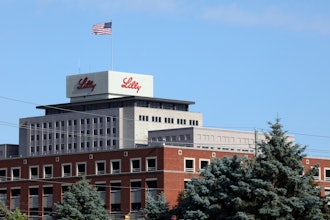Luke Simpson, Associate Editor, Chem.Info
An article posted Wednesday on greentechmedia.com reported on the work being done by Minnesota-based biotech startup Segentis, and a “brand new” molecule that they are producing from cellulosic biomass: levulinic ketal. With three years of research under its belt, the company has discovered a way to turn various forms of biomass and municipal waste into levulinic acid, which can then be turned into a variety of chemicals including include plasticizers, emulsifiers, VOC-free solvents and other basic chemicals that would usually be derived from oil or natural gas.
But Robert Rapier has given this story some much needed historical content on his blog at theenergycollective.com:
“Biofine Renewables, LLC, of Waltham, Massachusetts started up a 1 ton per day pilot plant in 1998 to produce levulinic acid from biomass — and then built a commercial scale facility in Italy. Biofine had partnered with several branches of the U.S. government on this effort, including NREL and PNNL. You can read a bit more about their technology here.”
Rapier also uncovered a patent from 1991 that mentions the synthesis of levulinic ketal.
Regardless of the biochemical’s origin, Segentis is now looking for funding to build a $20 million plant capable of producing up to 100 million pounds per year of levulinic ketal. At this stage the company plans to have the plant operational by 2012.


















